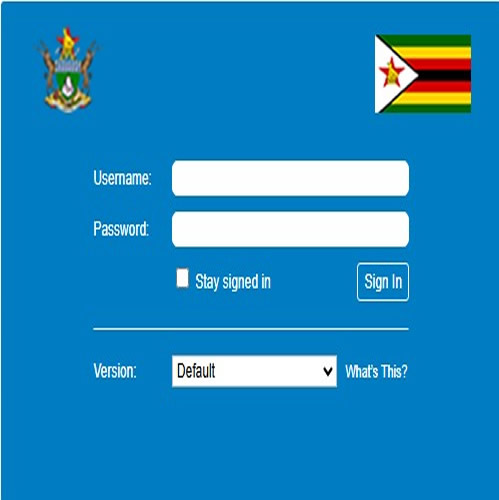
Historical Background
Historical Background on the Genesis of the ZNA.
The culture of defending Zimbabwe dates back to the pre-Colonial era where king’s soldiers and warriors would be mobilised to deal with threats to societal existence. This culture has its genesis during the Changamire wars of resistance to initial European encroachment, the Anglo Ndebele War of Dispossession (1893) and the First Chimurenga (1896-97). Despite the initial setbacks, this culture was re-ignited in the 1960’s during the war of liberation that gave birth to Zimbabwe. ZAPU and ZANU military wings exploits (ZIPRA and ZANLA) during this war proved heroic. These could not be ignored when negotiations for independence at Lancaster were called for and when the resolutions for the conference were crafted.
The Lancaster House Agreement negotiated in the United Kingdom in 1979 on the conflict in Rhodesia ushered in the independence of Zimbabwe. In the same agreement was a provision for the formation of a new post-independence Army, the Zimbabwe National Army (ZNA). The ZNA drew its membership from 3 former belligerent Armies, namely; the Rhodesian Army, the Zimbabwe National Liberation Army (ZANLA) and the Zimbabwe Peoples’ Revolutionary Army (ZIPRA).
Lieutenant General (Lt Gen) George Peter Walls was assigned by then Prime Minister of Zimbabwe Cde RG Mugabe to supervise the forces integration process. Later on, a much more representative organization, the Joint High Command (JHC), was established by in March 1980 to spearhead the integration of forces into the ZNA. This superior command structure was composed of commanders drawn from the three former belligerent Armies. These were Rhodesian Army Commander Lieutenant General LC Maclean, ZANLA and ZIPRA represented by their respective Commanders, Generals TRS Mujuru and L Masuku respectively. Complementing the integration process were parallel standardization training programmes ran by the British Military Advisory and Training Team (BMATT) at different command levels as part of forming the ZNA.
Commanders and Command Succession in the ZNA
On completion of the integration process, Lt Gen TRS Mujuru became the first Commander of the ZNA and served in that capacity until 1992 when he retired. Lt Gen VMG Zvinavashe took over and served as the Commander of the ZNA up to 1994 when he was appointed Commander Zimbabwe Defence Forces. Lt Gen CGDN Chiwenga took over and served as the Commander of the ZNA from 1994 to 2004 when he was appointed Commander Zimbabwe Defence Forces. Lt Gen PV Sibanda took over command of the ZNA in from 2004 and served in that capacity until 2018 when he was appointed Commander Zimbabwe Defence Forces. Lt Gen EAC Chimonyo took over and served as the Commander of the ZNA from March 2018 until his untimely death on 08 July 2021. Lt Gen D Sigauke was later appointed Commander ZNA on 30 July 2021 and served in that capacity until October 2023. In October 2023, Lt Gen Sanyatwe took over Command of the ZNA and served as the Commander until March 2025. In March 2025, Lt Gen E Matatu was appointed to be the Commander of the ZNA and is the current Commander of the ZNA.
Connect With Us
Address and Contacts
Directories of Army Public Relations
P. Bag 7720
Causeway
Harare
Mon – Fri: 0800 hrs to 1630 hours
